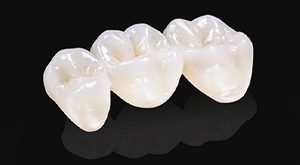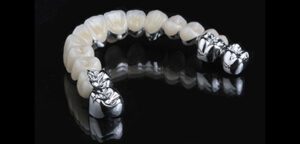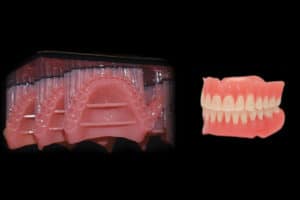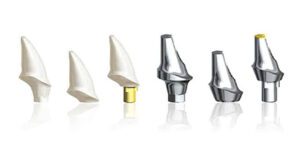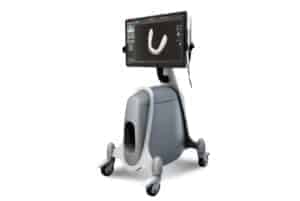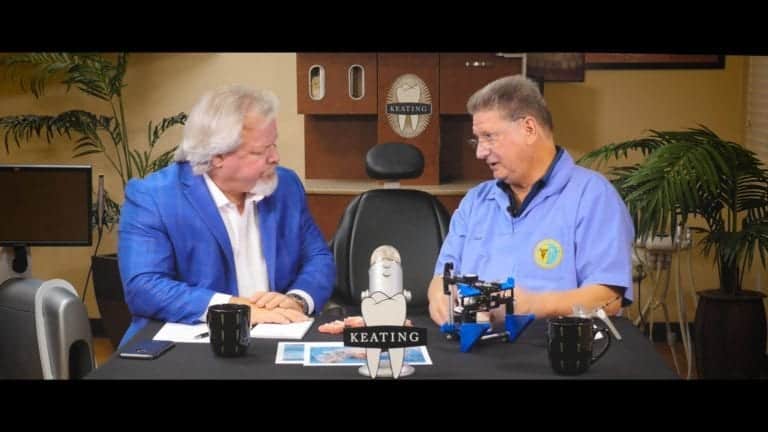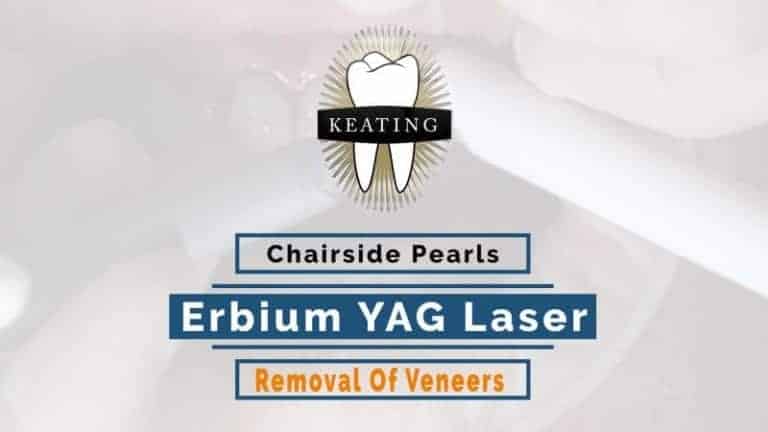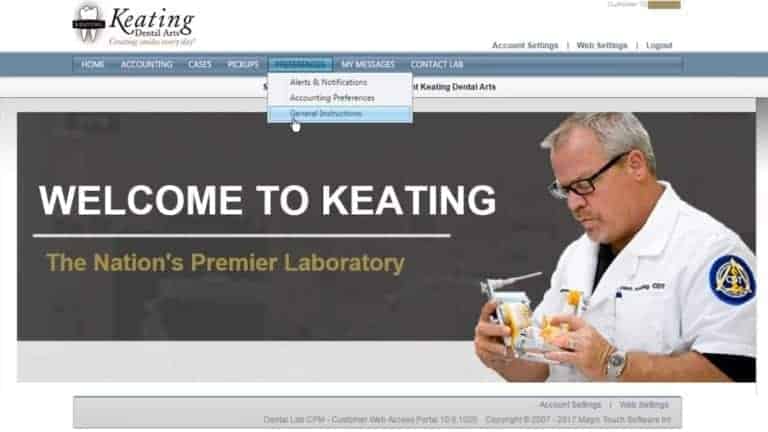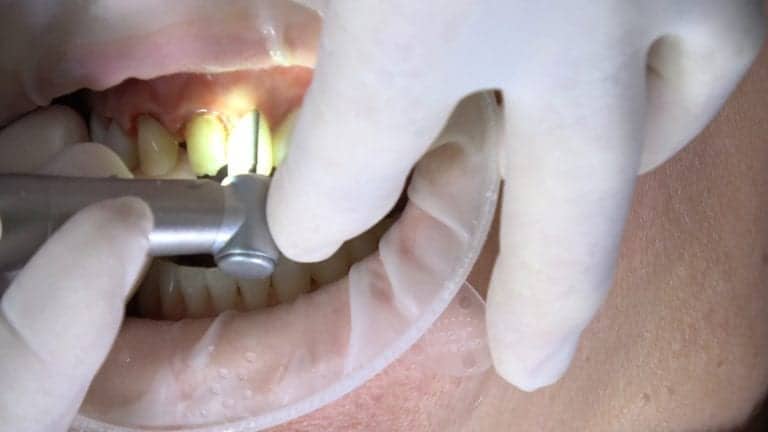We’re thrilled to have Keating Dental Lab’s Director of Education, Jack Edwards, with us today. He’s worked with removables for most of his career, and has a number of helpful tips to prepare successful denture cases. Preparation and communication are key for dentures, and we hope this is a helpful resource for you while providing your patients with denture care.
The Importance of the Denture Process
When we begin a denture case, we take everything into consideration. This includes the impressions and a bite, though we also like to see a face bow, as this allows us to set the case up on the articulator to create dentures with higher accuracy.
Our strength lies in our communication. Strong, frequent communication is imperative for a successful case. Our first quality control check occurs once we get it set up on the articulator, where we ensure that we have all the information possible from the dentist.
By understanding just what the dentist wants for their patient, we can ensure the case is handled correctly and even suggest an alternative if needed.
Once we set up the case, we’ll pour the casts, and do another quality check. This is to ensure there are no voids and a full palate. Because of the nature of dentures, it’s important to have the right type of models. The impression is more than a horseshoe impression like with crowns and bridges. It includes the complete arch.
Dentures are complicated, which is why we’re dedicated to continuous communication. We want your patients to have the highest quality product possible, which is why we emphasize quality impressions. When done correctly, patients won’t need to use cement to keep them in place, which is a significant benefit.
The Importance of Relevant and Complete Information
We’ve talked about the importance of communication, but it’s also important to have as much information about the case and your patient as possible. This includes their wants and needs, what you are looking for, any past dental surgeries, and any other information on your treatment plan.
All dental restorations, whether permanent or removable, are important to get right. Removables, however, involve a higher level of perfection in order to prevent discomfort. When we receive a case, it’s often mid-case for the dentist, as we work abutments up.
It’s important to have a blueprint of what has happened and what is expected, so that we can seamlessly integrate our work with the restorative dentist’s.
The Importance of Mutual Education
Dentistry is a constantly-evolving process, which means it’s important for all parties involved to remain educated on the process. Because he has spent time as an in-house technologist, Jack has had the chance to work with doctors to better understand where each side is coming from, so we can create better dentures together.
Some dentists have invited Jack into their practice, giving both of them a chance to see how the other works. What a great way to practice dentistry! When this happens, the case will go smoothly because of the effort to understand the intricacies of the process.
The Importance of a Plan
Shaun shared a story about a long-time friend of his, and it shows why planning is so important. By properly preparing with all the necessary x-rays and impressions, we had all the materials ready when he arrived. Every piece of the procedure was done in order and by the book, which resulted in extremely well fitting dentures and a satisfied patient.
With the growth of technology, both inside and outside the dental lab, it’s become significantly easier to work with doctors to achieve these high quality dental restorations. We can get on a phone or video call with these doctors, and show them our side of the process, and we can understand their office’s needs and unique setup so we can create a better result together.
Using the Kois Analyzer Face Bow
We began using the Kois Analyzer face bow, which utilizes the upper maxilla and helps us better visualize the removables. We want the centrals in the midline position, and the vertical rod into the facial midline, not necessarily the dental midline.
We want to have the same amount of space on both sides of the lateral arms, and that the lateral arms are following the Camper’s plane. We don’t want this line going down. As one of Jack’s mentors would say, “… teeth don’t go down the throat.”
By using the Kois Analyzer, we can better prep and situate the impressions so we can create a quality removable or fixed dental restoration.
The Future of CAD/CAM for Removables
At Keating Dental Lab, we’re proud of how we’ve adapted to and utilized technology while maintaining the human artistic element of dental restorations. Once of these technological advancements has been CAD/CAM machines. While they are regularly used for fixed dental restorations, CAD/CAM has yet to reach an affordable and reliable place for dentures.
The process is almost to the point of widespread use. And while the precision is incredibly high, it’s cost prohibitive for many cases. We’re looking forward to the point, though, when we can use it for all denture cases.
We don’t focus on trends, we use tried and true products, both new and old, to create the best customer experience possible.
We hope you enjoyed this episode with Jack Edwards, Director of Education here at Keating Dental Lab. Our other episodes are available on iTunes, and we’d love to hear from you! Visit us on Facebook for more information to help grow your dental practice.

